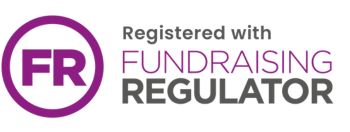This systematic review of the literature on sports concussion, published in the British Journal of Sports Medicine in April 2013, examines the evidence for diagnosing sport-related concussion.
The researchers included representatives of organisations around the world, including FIFA's chief medical officer. They conducted a systematic review of the literature on sports concussion in order to provide recommendations on how a minimal threshold for the diagnosis of concussion can be used in practise.
The review proposes the following criteria for an athlete to be removed from play and thoroughly assessed.
- Initial obvious physical signs consistent with concussion (e.g., loss of consciousness, convulsion or gait unsteadiness).
- Teammates, trainer or coaching staff observe cognitive or behavioural changes in functioning. These could include mental confusion, such as displayed by slowness to answer questions and follow directions, being easily distracted, poor concentration, vacant stare/glassy eyed or inappropriate playing behaviour.
- Any self-reported concussive symptoms.
- Abnormal neurocognitive and/or balance examination (e.g., amnesia, confusion or other neurological abnormalities).
Any one of these criteria should be considered enough for removal from the field. The approach is considered sensible considering clinical observations of concussed athletes. Caution should be regarded as the best approach given any of the signs above.
Reference
McCrory, et al. (2013) What is the lowest threshold to make a diagnosis of concussion? British Journal of Sports Medicine, 47: 268-271.
Back









